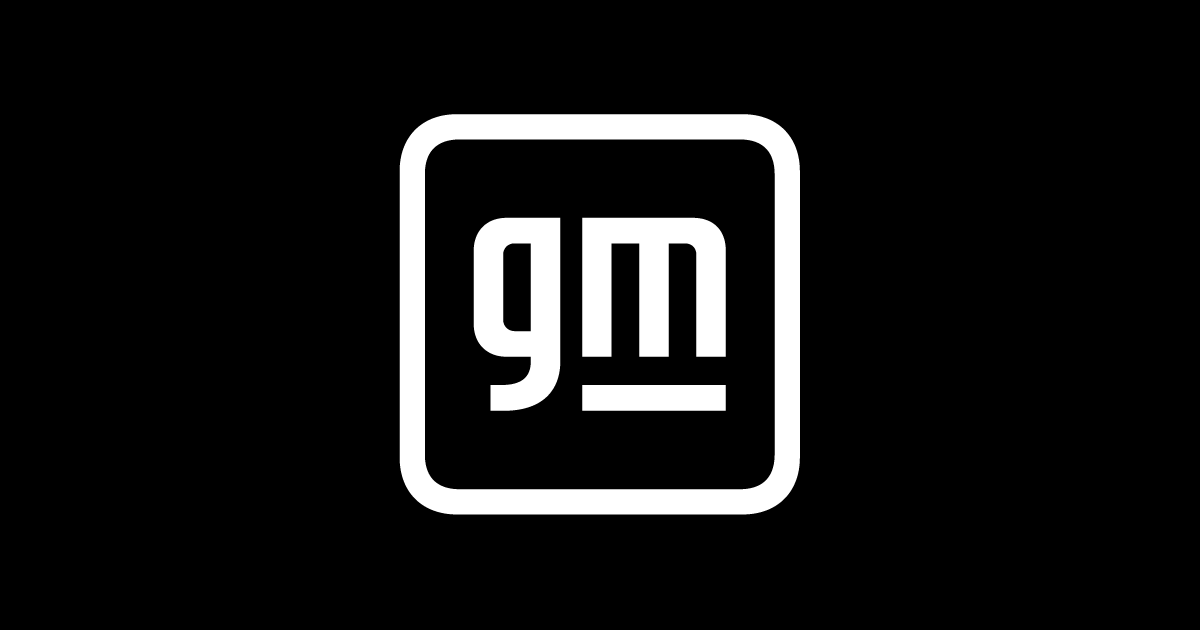I purchased a frame-off restoration with a rebuilt original motor, just this last year the motor bucks and sputters when I'm going through the gears and when I really get on it in 1st, 2nd & 3rd gear it just sputters & bucks.
My question is - is the original factory installed 327ci/340hp a solid lifter? if so, what should the cam lash be? (should the cam be a 30/30?). I've had the valve covers off and I know the motor has solid lifters, I want to set the lifters to the correct spec's.
Also, the original carb should be a AFB 3461, there is no tag attached so I have to remove to check it out. Secondly, the distributor seems to be in question,regarding the vacuum advance relative to the carb, I can't seem to get enough advance on the distributor to allow the motor to run at it's top performance.
Am I making sense? I know there are a lot of questions, any suggestions, I would appreciate any help.
My question is - is the original factory installed 327ci/340hp a solid lifter? if so, what should the cam lash be? (should the cam be a 30/30?). I've had the valve covers off and I know the motor has solid lifters, I want to set the lifters to the correct spec's.
Also, the original carb should be a AFB 3461, there is no tag attached so I have to remove to check it out. Secondly, the distributor seems to be in question,regarding the vacuum advance relative to the carb, I can't seem to get enough advance on the distributor to allow the motor to run at it's top performance.
Am I making sense? I know there are a lot of questions, any suggestions, I would appreciate any help.

Comment